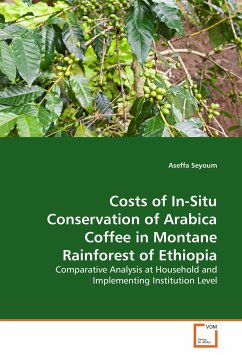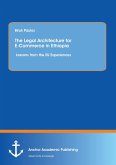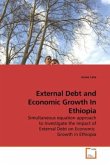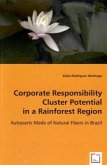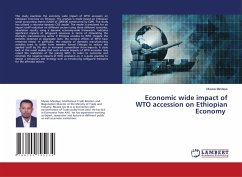Ethiopia is the origin of Coffea arabica, which is the most important agricultural commodity of the country, both economically and socially. Besides, the country is an important potential gene source for coffee breeding programs since it is endowed with wide genetic diversity. Nonetheless, there is a continuing erosion of Coffea arabica genetic resources despite of the various conservation efforts carried out by governmental and non-governmental organizations to protect its natural home. High cost of the genetic resources conservation to stockholders is usually pointed out as main challenge to its sustainability. This study presents an empirical comparative analysis of costs incurred at local households and implementing institutions level under collaborative and strict in situ conservation strategies. Households' socio-economic characteristics that explain participation in the strategies and costs of conservation are discussed thoroughly. Finally, the study pinpoints policy options to mitigate these costs to enhance effectiveness Coffea arabica genetic resources conservation.
Bitte wählen Sie Ihr Anliegen aus.
Rechnungen
Retourenschein anfordern
Bestellstatus
Storno

